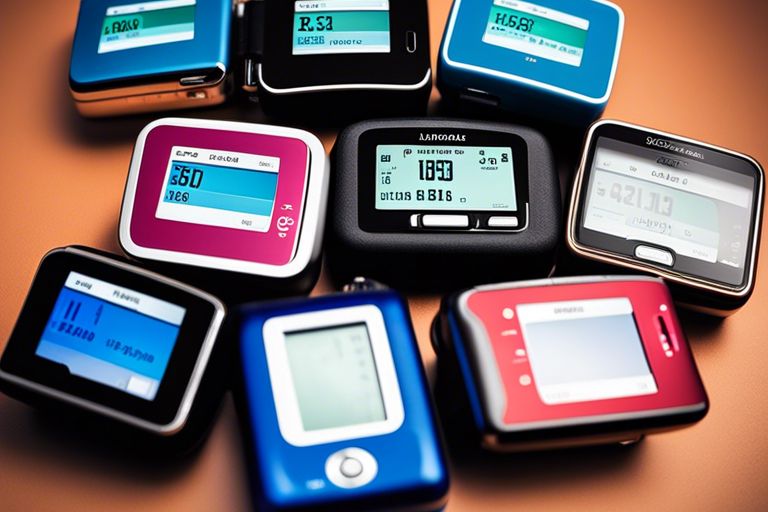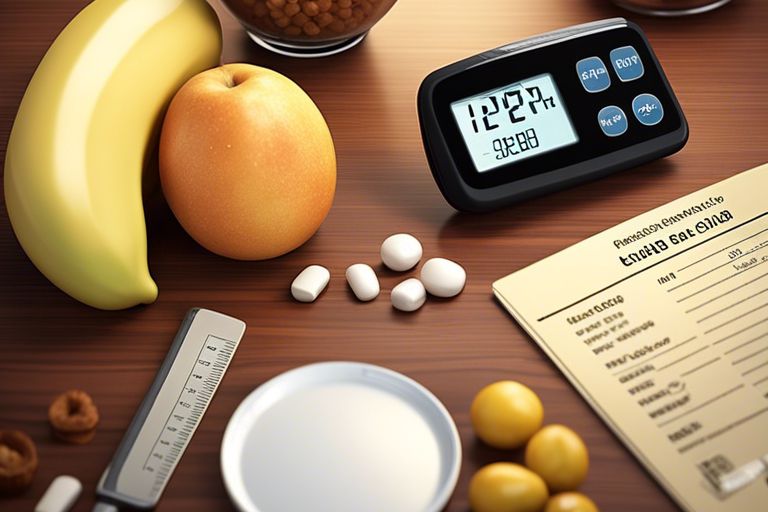Understanding Type 1 Diabetes and Driving
Type 1 diabetes is a chronic condition that affects millions of people worldwide. It is a condition in which the pancreas produces little to no insulin, resulting in high blood sugar levels. Managing type 1 diabetes requires constant monitoring of blood sugar levels, insulin injections, and careful attention to diet and exercise.
For individuals with type 1 diabetes, driving can present unique challenges. Understanding the potential risks and taking necessary precautions to ensure safety on the road is essential.
Medical Requirements and Restrictions
Many countries have specific medical requirements and restrictions for individuals with type 1 diabetes who wish to drive. These requirements may include:
- Regular medical evaluations to assess fitness to drive
- Maintaining blood sugar levels within a specific range
- Regular self-monitoring of blood sugar levels
- Reporting any episodes of hypoglycemia or hyperglycemia to the relevant authorities
Familiarizing yourself with your country or state’s specific requirements and restrictions is essential. This information can usually be found on the official government website or through your healthcare provider.
Managing Blood Sugar Levels
One of the critical considerations for individuals with type 1 diabetes who drive is maintaining stable blood sugar levels. Fluctuations in blood sugar can lead to dizziness, confusion, and even loss of consciousness, impair driving ability and pose a risk to the driver and others on the road.
To manage blood sugar levels while driving, it is essential to:
- Regularly monitor blood sugar levels before and during long drives
- Carry a source of fast-acting glucose, such as glucose tablets or juice, in case of hypoglycemia
- Take regular breaks to check blood sugar levels and eat if necessary
- Avoid driving if blood sugar levels are outside the recommended range
Emergency Situations
In a diabetic emergency, such as severe hypoglycemia or hyperglycemia, it is knowing how to respond while driving is essential. If you experience symptoms of hypoglycemia, such as shakiness, sweating, or confusion, pull over to a safe location and treat the low blood sugar immediately.
If you experience symptoms of hyperglycemia, such as excessive thirst, frequent urination, or fatigue, it is essential to avoid driving until your blood sugar levels are under control. Contact your healthcare provider for guidance on managing the situation.
Additional Tips for Safe Driving
In addition to managing blood sugar levels, several other tips can help individuals with type 1 diabetes drive safely:
- Always carry identification indicating your diabetes status, such as a medical alert bracelet or card
- Inform your passengers about your condition and how they can assist in case of an emergency
- Avoid driving during peak hypoglycemia-prone times, such as late at night or early in the morning
- Regularly check your vehicle for any signs of mechanical issues that may impact your safety on the road
By following these guidelines and taking necessary precautions, individuals with type 1 diabetes can safely enjoy the freedom of driving while effectively managing their condition.




